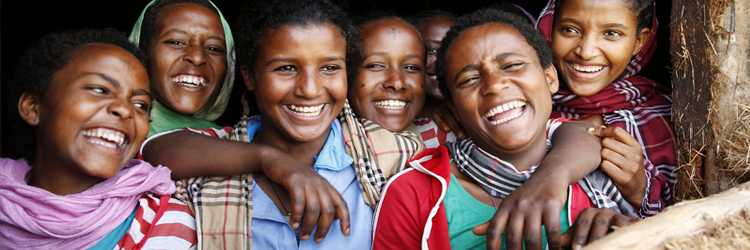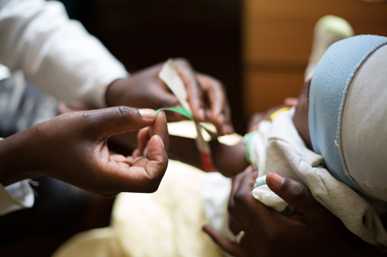Strengthening Local Surveillance

What We Do
Through better and more precise data, CDC researchers help to provide a more comprehensive picture of the HIV and TB epidemics in order to best determine the most effective prevention and treatment strategies to fight these diseases. Strategic data on HIV and TB is critical to the planning and implementation of programs that will ensure accountability and improve surveillance. Epidemiologists collect, analyze, and interpret the data to help reach the people most at risk for HIV and TB, or who are already infected with these diseases, and get them the necessary care and services they need.
Why We Do It
A strong HIV surveillance program allows countries to better understand the dynamics of their epidemics. These data are critical to help inform HIV and TB prevention and treatment efforts in countries around the world. Data are also important for policy makers, program planners, HIV service providers and others for effective HIV prevention and health services to be developed and directed in the right ways to the right populations to maximize both impact and resources.
Results
CDC, along with country governments, community partners and federal agencies provides technical and financial support for national HIV and TB surveillance efforts in a number of ways. These include:
- Piloting new sampling methods to perform behavioral surveillance among the most vulnerable, hard-to-reach populations at risk for HIV transmission
- Supporting Ministries of Health (MOH) to measure recent infection of HIV in their countries
- Training MOH surveillance officers and survey administrators to use respondent-driven sampling to reach hidden populations at high risk for HIV transmission, including injection drug users, sex workers, high-risk heterosexual men, and men who have sex with men
- Providing support to MOH and WHO for TB prevalence and drug resistance surveys to assess burden of disease and target interventions
- Working closely with the WHO Task Force on Impact Measurement to determine standards and benchmarks for TB surveillance systems
For more information on HIV surveillance, see below:

CDC Innovations: Real-Time Data Strengthens Uganda’s Efforts to End Mother-to-Child HIV Transmission
Identifying opportunities to improve global health sometimes requires creative thinking and new collaborations. See how CDC is using real-time data to end mother-to-child HIV transmission in Uganda here.
Read more: HTML »
- Page last reviewed: August 22, 2016
- Page last updated: August 22, 2016
- Content source:


 ShareCompartir
ShareCompartir